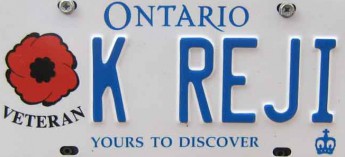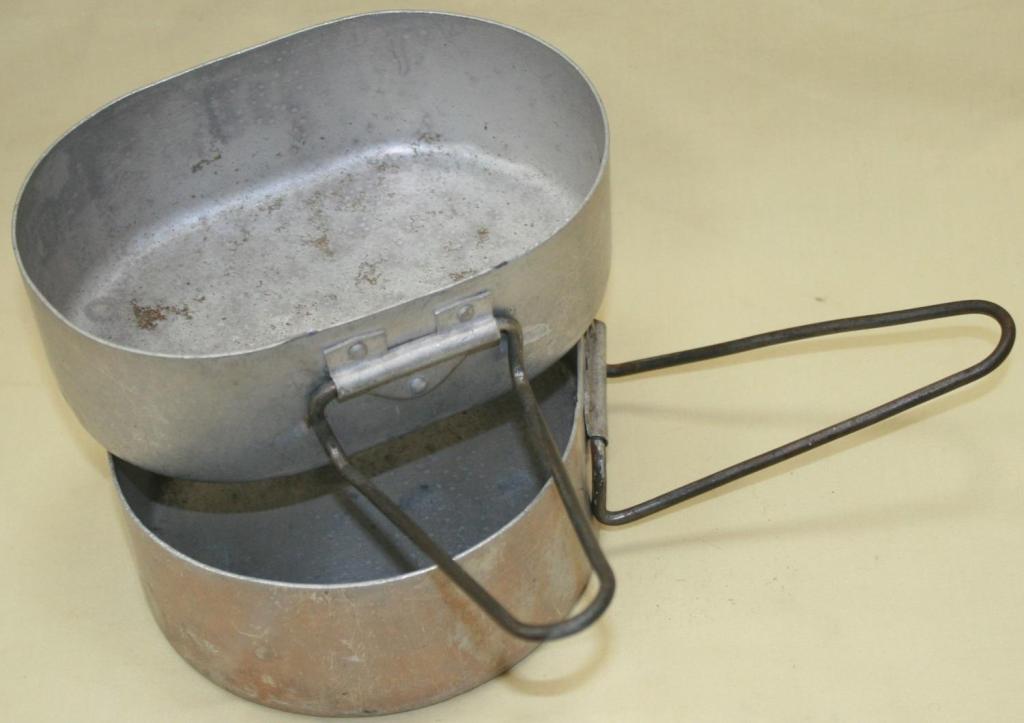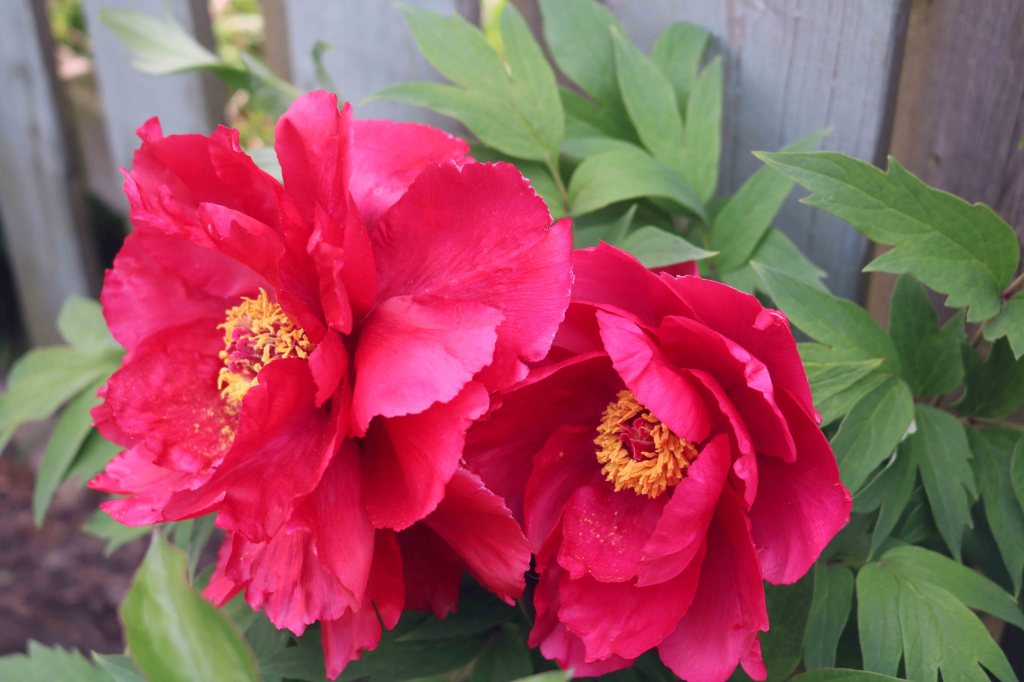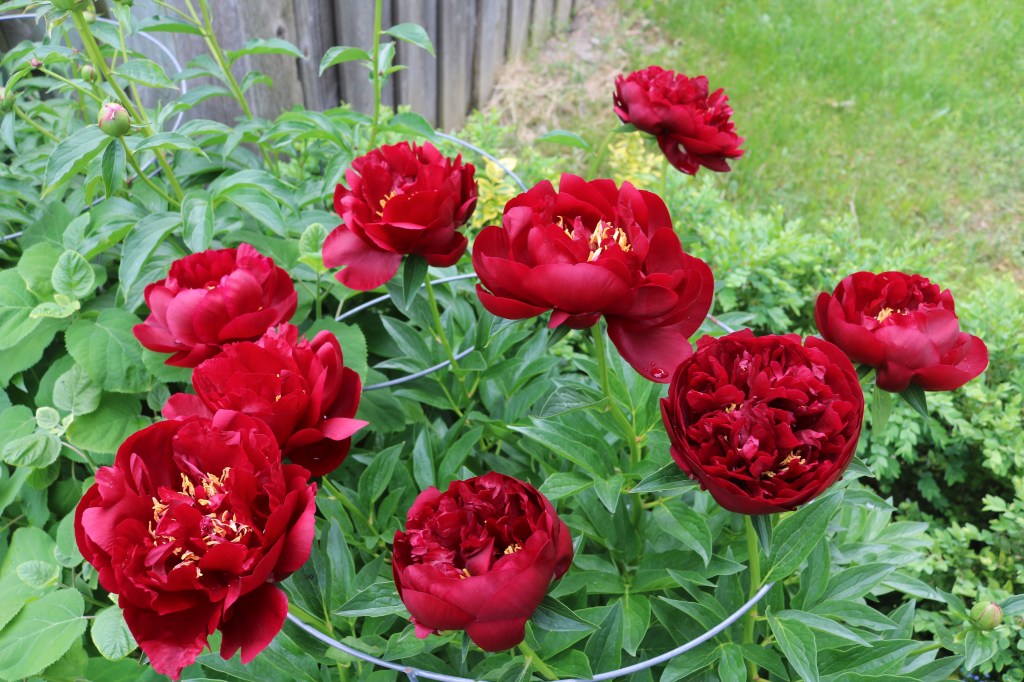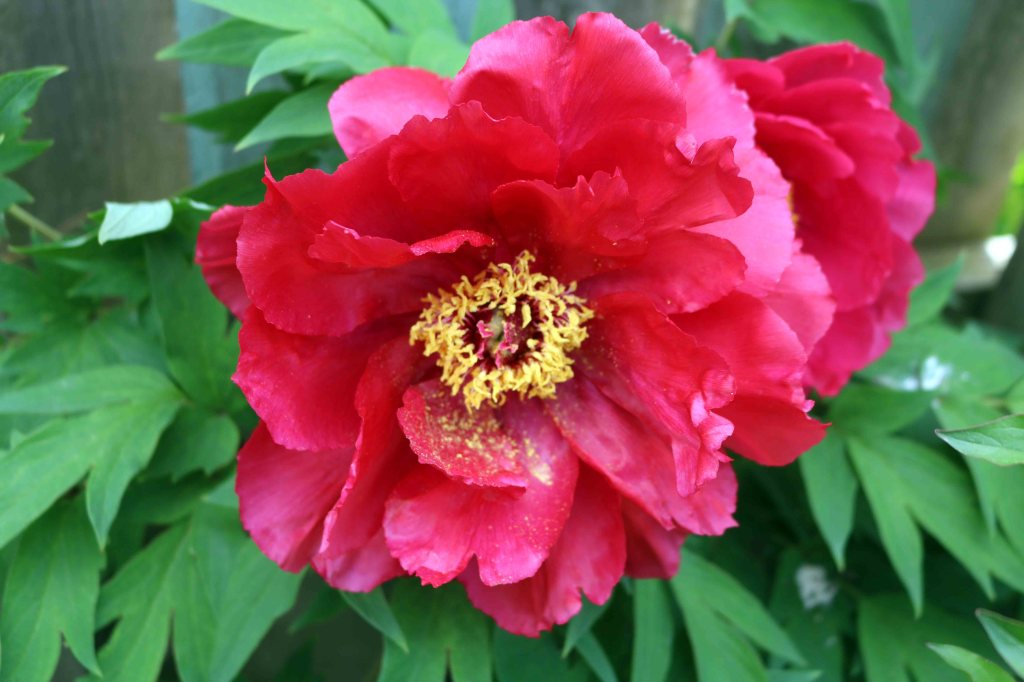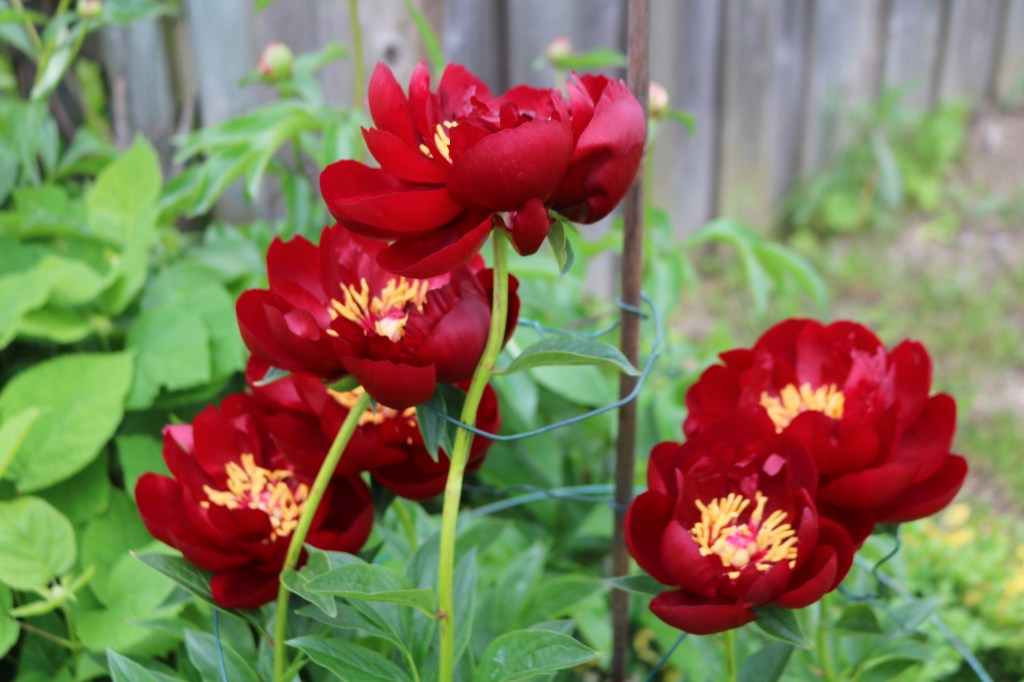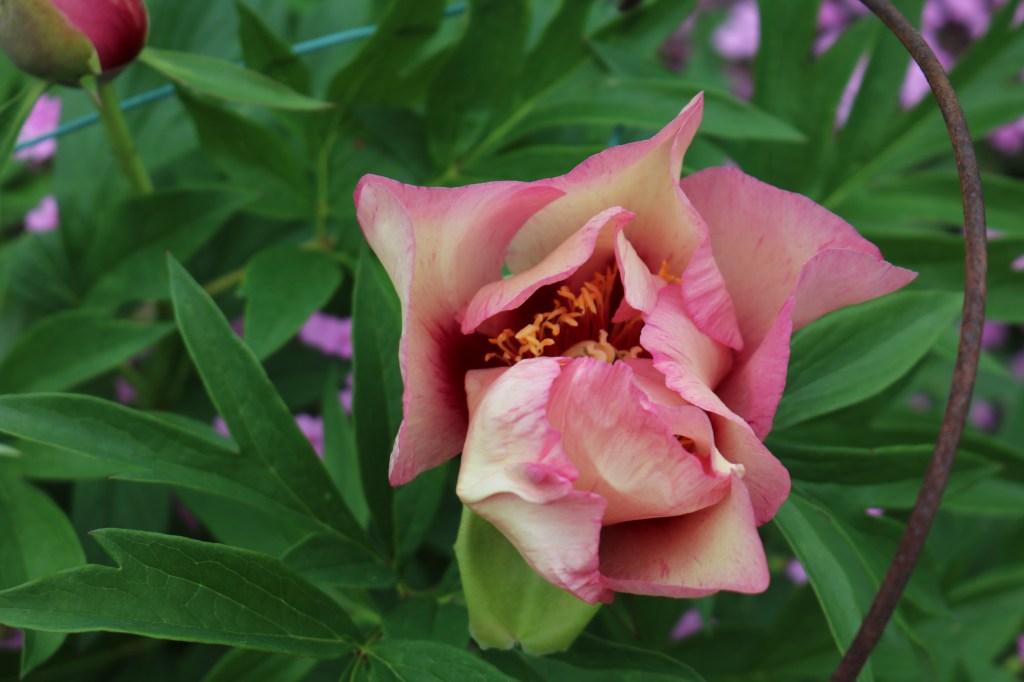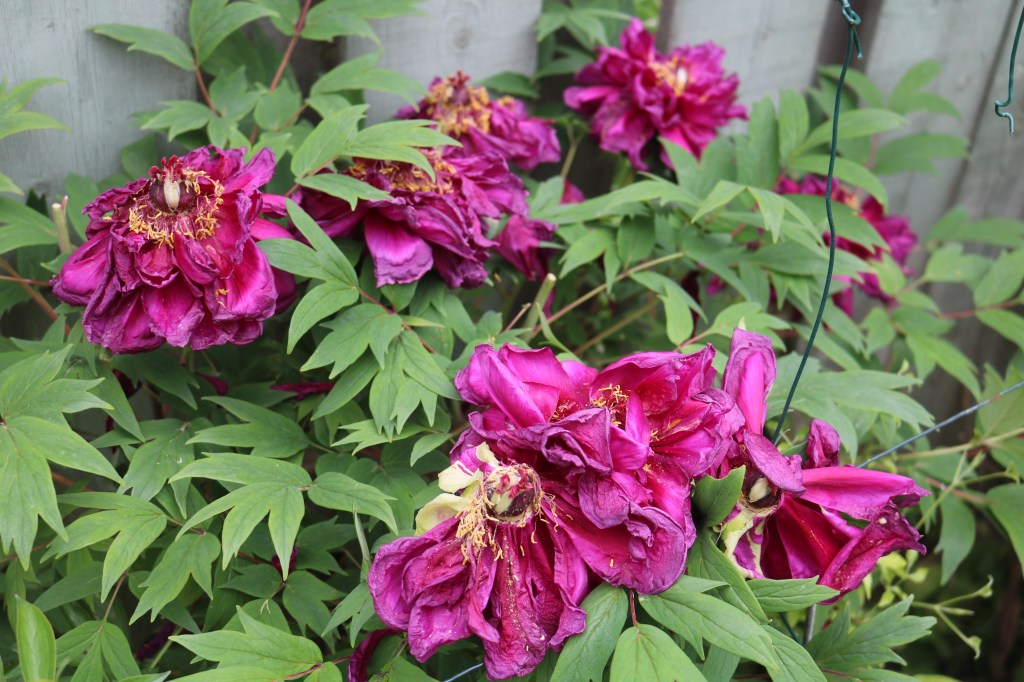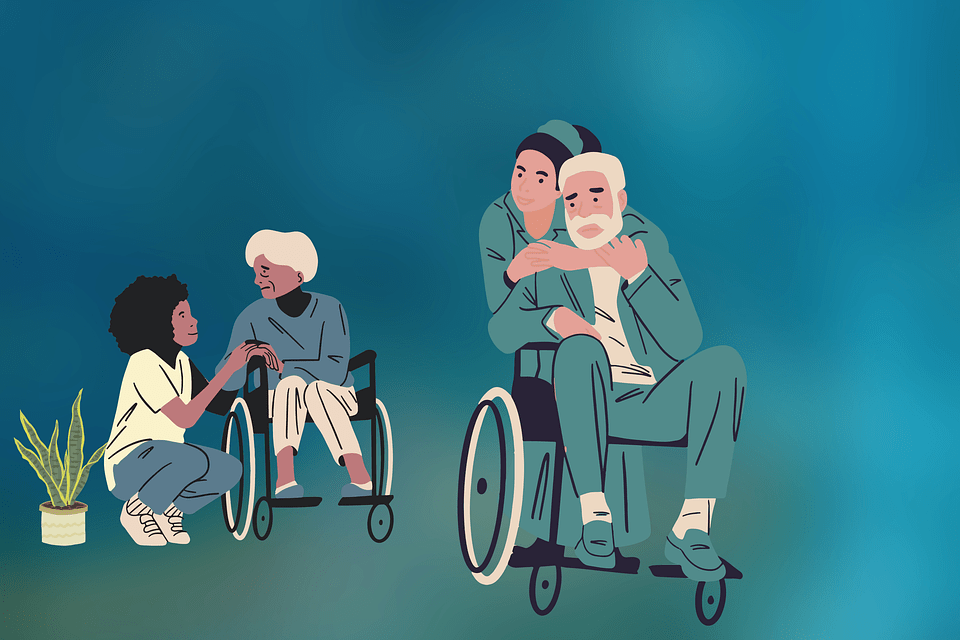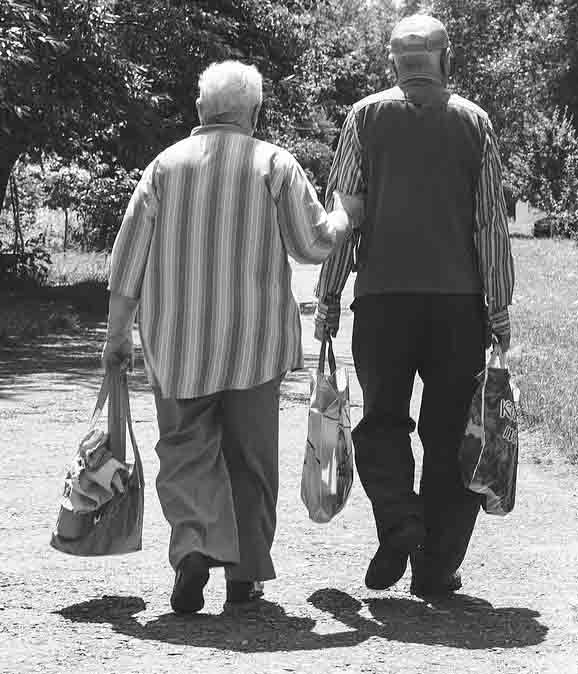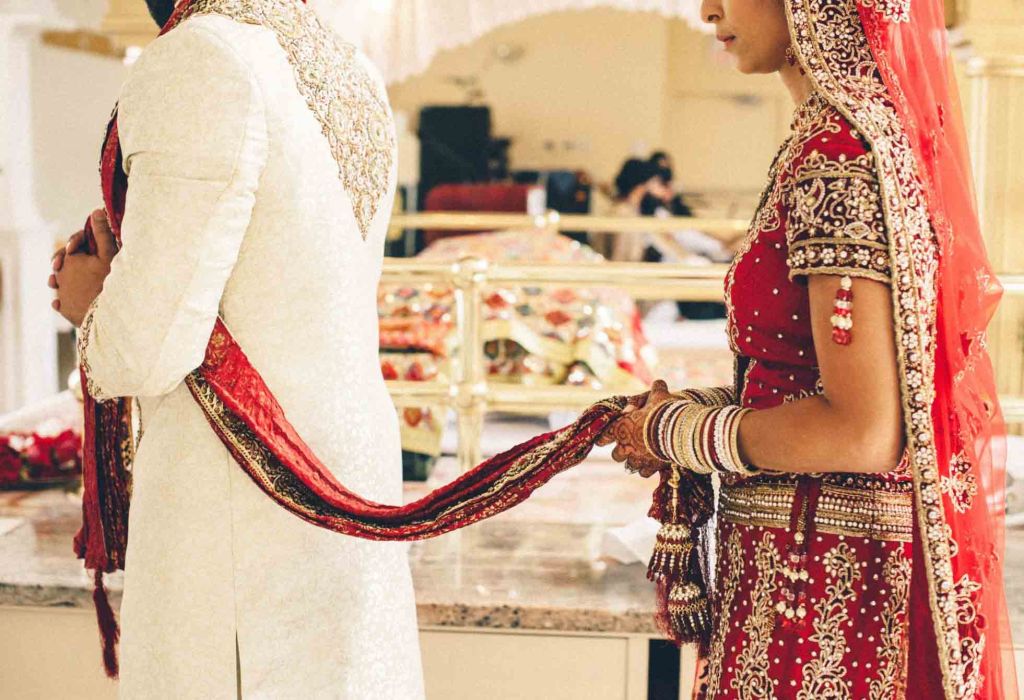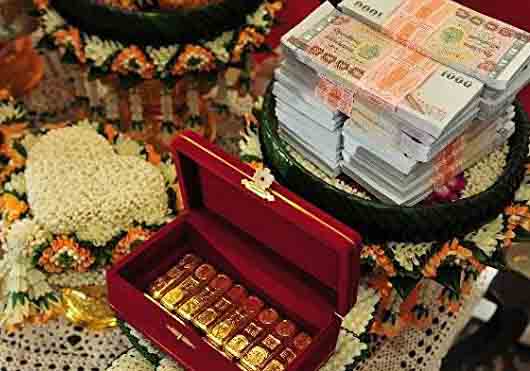During an outdoor tactical training exercise at the National Defence Academy, Captain Raj Mehta (now a Veteran Major General) was our instructor. It was all about section tactics in defence and we were expected to dig a three-man trench – four feet long and in depth and two feet wide. With the pickaxes and shovels, it was near impossible to dig on the stony mountains of Pune.
In the evening when Captain Mehta came on his rounds, he found our progress real slow. We blamed it on our blunt pickaxes and shovels and on the hard surface. Captain Mehta, not too pleased said “When bullets fly, you will dig down with your mess tins! Why? You will do it with your bare hands and dig much deeper than this rat hole in minutes!!”
Now what is this wonder tool called a Mess Tin?
A mess tin is an item of a soldier’s mess kit, designed to be used over a portable cooking apparatus. It’s a pair of rectangular-shaped tins of similar depth, one fits inside the other, both having extendable handles that are fixed to the tins by brackets. Mess tins were originally a military design but are also popular among civilian campers.
Mess tins are generally rectangular with rounded-off edges as the rounded edges make it easier to clean inside than sharp corners. Most mess tins are supplied as a set, with one slightly larger than the other, allowing them to nestle together for easy packing. This arrangement is also useful when using the tins for boiling, as the smaller tin can be used to hold the liquid, with the larger tin placed on top to act as a lid. It also uses space as efficiently as possible, especially as the space and weight are premium in a soldier’s haversack. The nesting mess tins in use with the British Indian Army during World War II, making them one of the longest serving items of equipment in the Indian and British Army.
The word ‘mess’ in the 14th Century meant ‘a supply or provision of food for one meal.’ The word came from Old French ‘mes’ meaning ‘portion of food, course at dinner,’ and was spelt ‘mes.’ By the 16th Century the word was spelt ‘mess’ with its meaning evolving from ‘a company of persons eating together at the same table’ to the current meaning ‘a communal eating place (especially a military one.)’
In a book published in 1916 ‘Camps, Billets, Cooking, Ceremonial,’ written by an Officer of the British Army and edited by Captain E John Solano lays out rules regarding health and hygiene; water supply; the inspection of food; preserving food, milk, and water from contamination; personal cleanliness and sanitation in billets, camps, and bivouacs. This is the most comprehensive document I read about camping and how to use the mess tin. I followed it post-retirement during various camping trips we undertook with our children. An extract from the book says:-
‘It is especially useful that men and cadets should know how to cook various articles of food in their service mess -tins, which are so designed that, besides serving as a cup or dish and plate to eat from, they can also be used to cook certain rations in the same manner as in the camp kettle of the field-kitchen.
Cooking in Mess Tins. – The capacity of the mess tin is 1 quart, and it will cook sufficient food for one person if the diet consists of meat and vegetables cooked together, as in the case of Irish stew or sea- pie. Variety in diet is both essential and desirable, and it can be obtained to some extent when cooking in mess -tins by dividing up the rations of, say, two men, so that one mess -tin is used for cooking their meat, and another mess -tin is used for cooking their vegetables. It will be possible in this manner to vary the food slightly, provided such dishes as meat puddings, plain stews, stewed steak, or curry and rice, are given. When this is done, the front -rank men prepare the meat, and the rear-rank men prepare the vegetables.’
As Cadets at the Academy, the mess tins were our best companions during tactical exercises as we collected our meals in them, ate in them, brewed our tea in them, etc. It was the most sacred place for the smokers to hide the cigarette packs during tactical exercises.
Mess Tin may be from the World War but is still popular with campers for similar reasons. It is unbreakable, light and occupies minimum space. You can use them to cook and eat out of, and they can be cleaned easily. You can barbecue, fry and cook in it.
